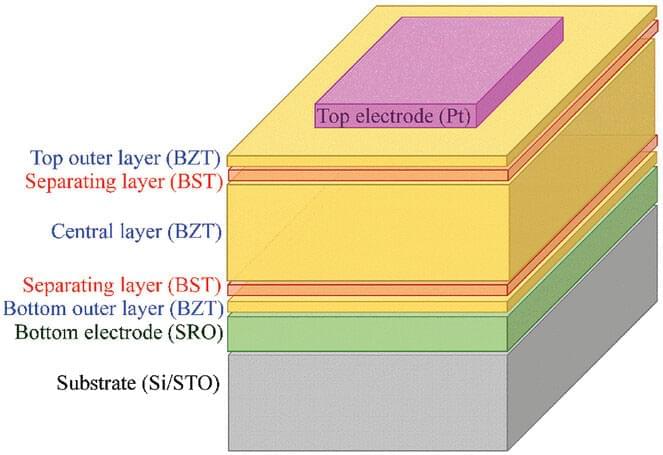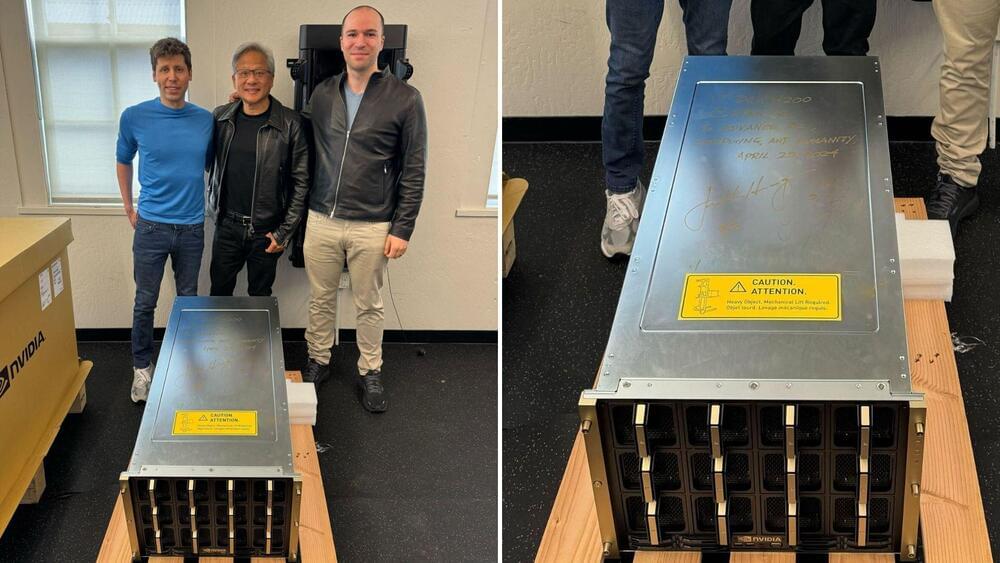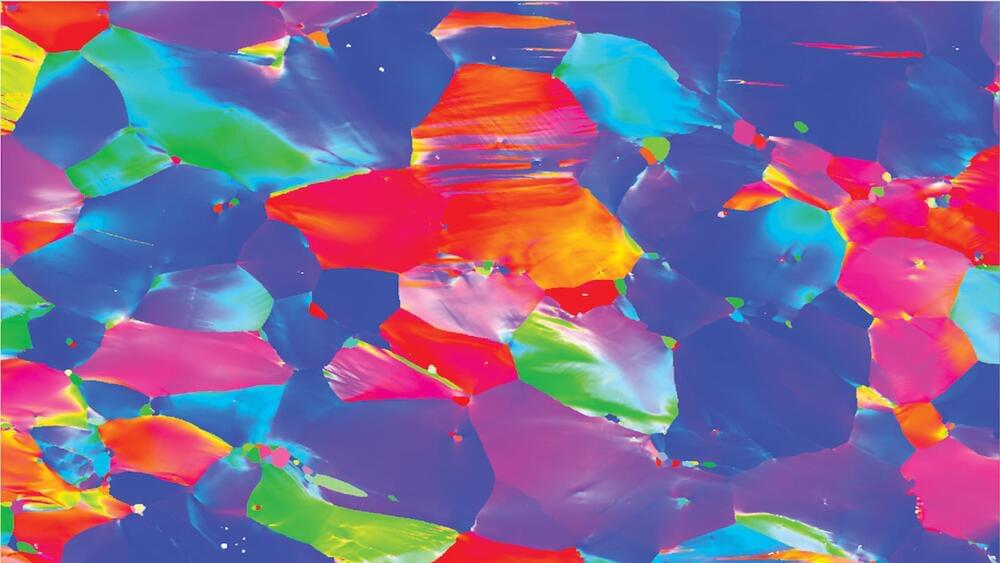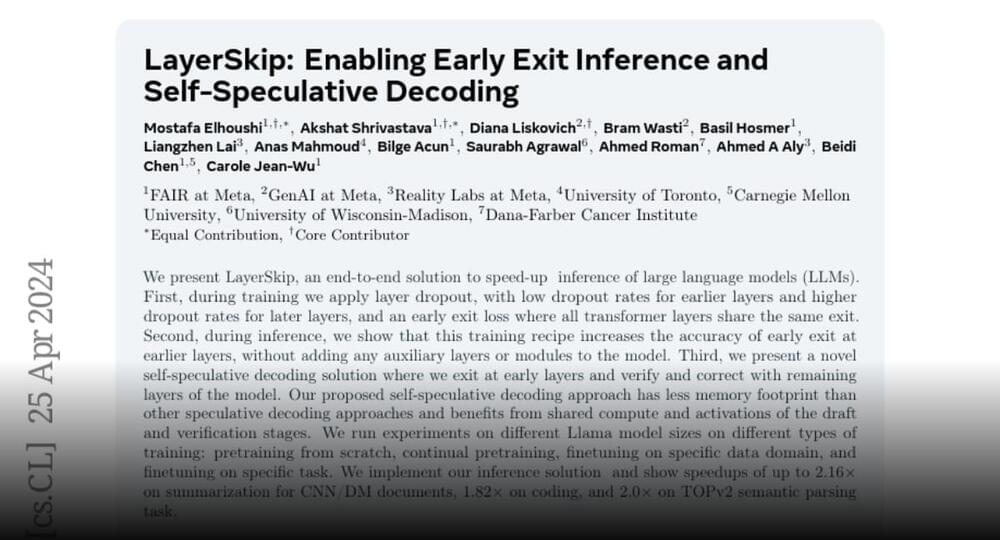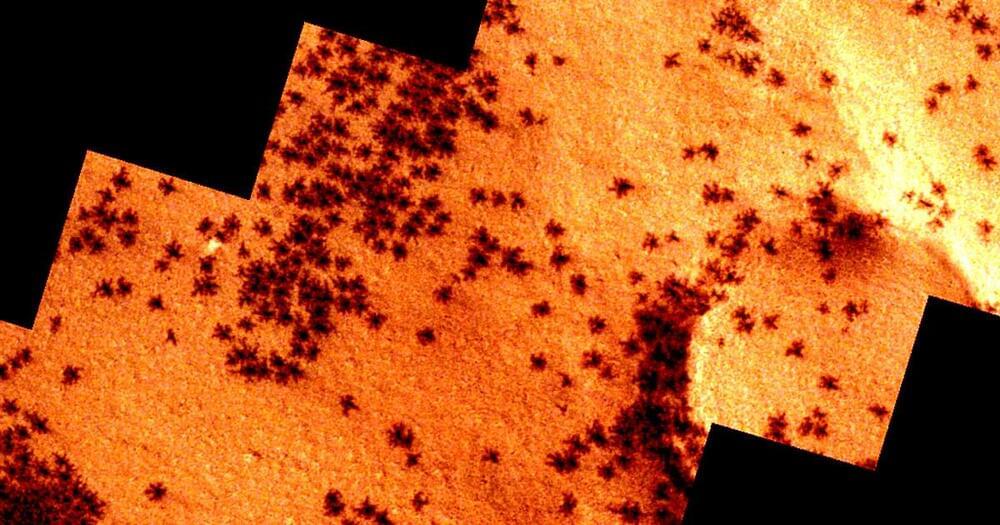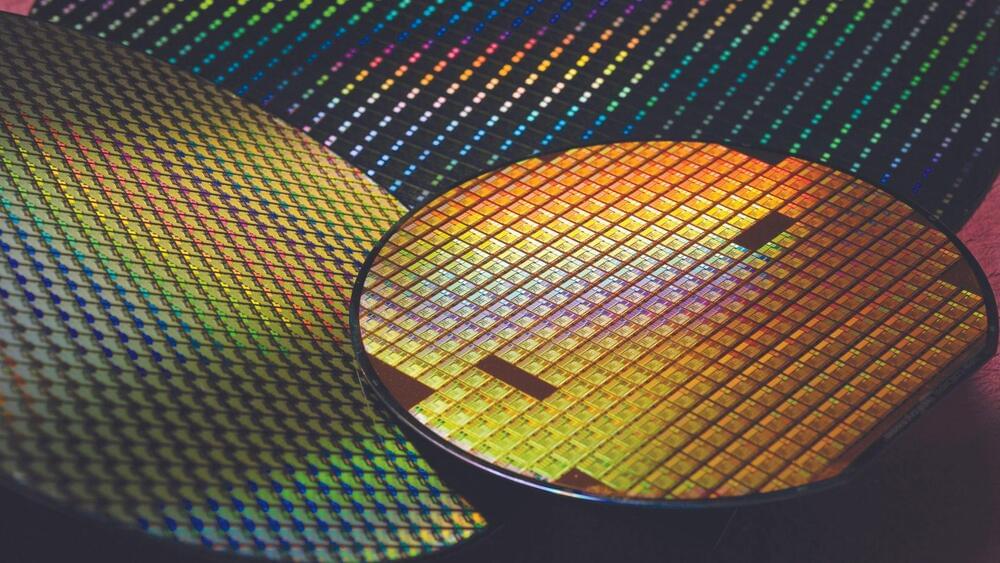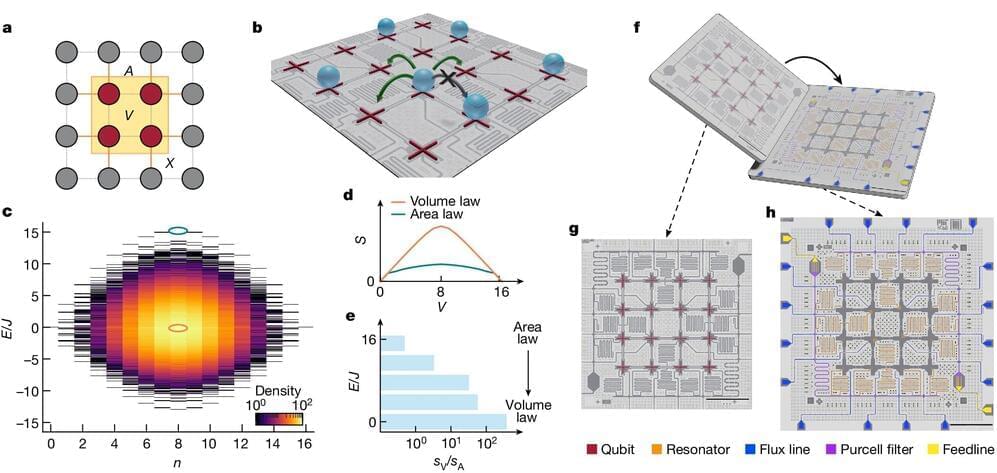Pacemakers are medical devices that make sure that someone’s heart beats the way it should. If the heart rhythm is off, the pacemaker delivers a surge of electricity to bring the heart back into rhythm. The pacemaker takes effort into account and delivers faster pulses when needed. For example, when you’re exercising. For these electric pulses, the pacemaker needs a capacitor to rapidly charge and discharge. This provides a high enough electric charge to reset the heart.
Researcher Minh Duc Nguyen and his colleagues worked on a new design strategy for these capacitors to improve their energy storage, decrease the amount of energy lost every time it is charged or discharged, and increase the number of times they can reliably charge and discharge.
“It needs to keep up with your heartbeat, so it should be able to charge and discharge up to billions of times. Otherwise, you’ll have to replace the pacemaker every few months”, explains Nguyen.
